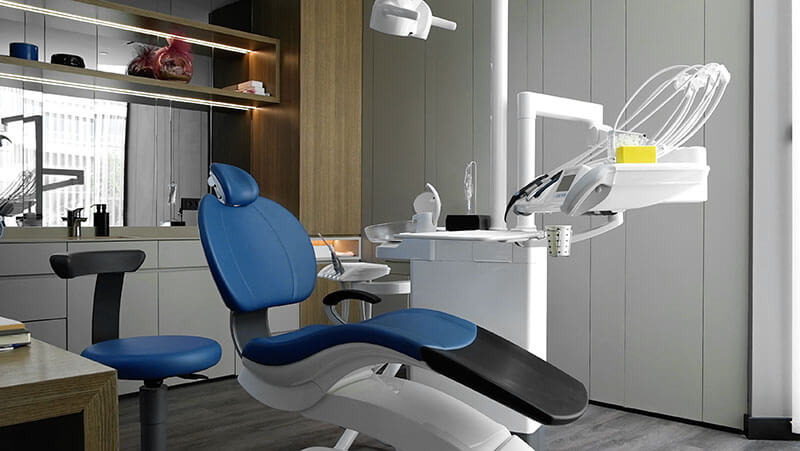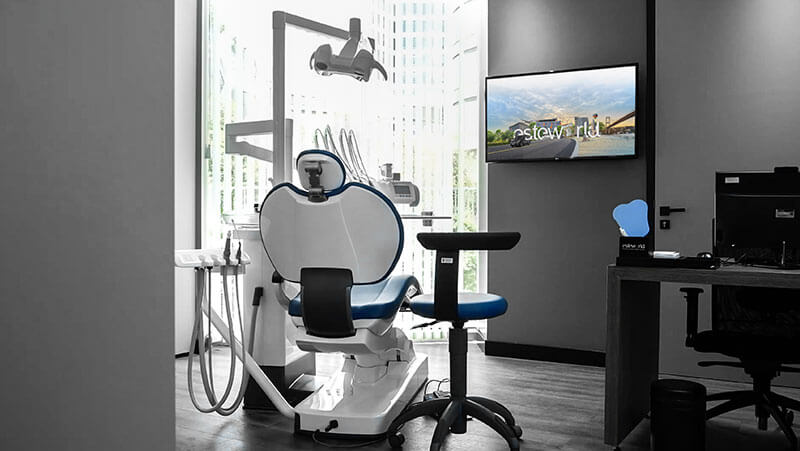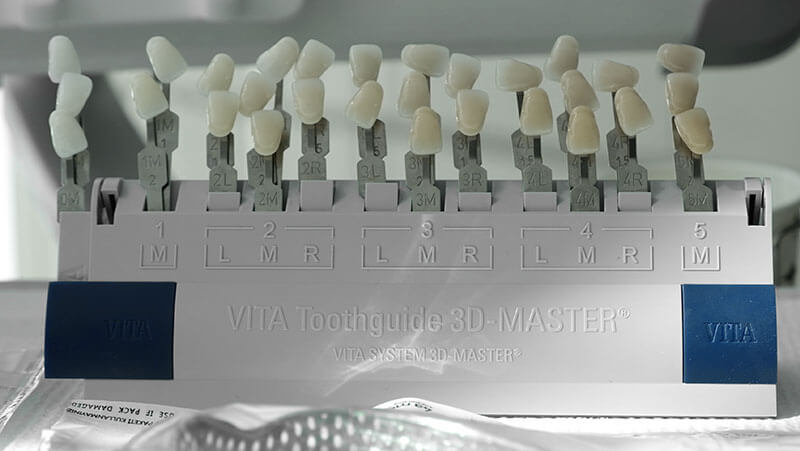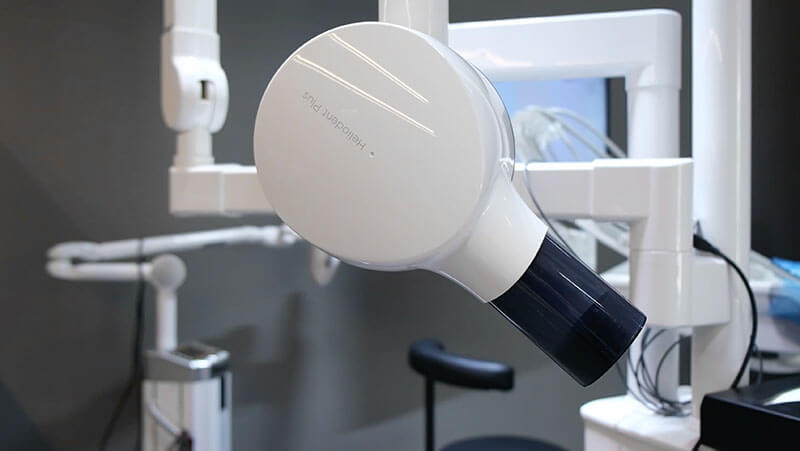
Inlays and Onlays Restorations in Turkey
Partial crowns, also known as restorative dentistry, are one of the preventive treatment options for patients who want to correct the loss of material in their teeth. Inlays are alternatives to traditional metal or composite fillings, while onlays can be used to repair more serious damage to teeth.
What is Inlay and Onlay Teeth Restoration?
Veneer treatments, known as inlays and onlays, are applied when there is intense material loss in teeth that cannot be treated with restorative procedures and the patient does not prefer porcelain veneers. Inlays and onlays act as an intermediate solution between fillings and crowns (caps). Precise measurements are taken using the existing tooth structure and porcelain inlays and onlays are prepared in a short time and then bonded to the tooth surface. This method helps protect the gums and provides better color matching between the teeth. Thanks to their superior polishability compared to standard fillings, they cause significantly less food debris accumulation.
In which cases are inlay and onlay restorations applied?
Dental professionals employ inlays and onlays for addressing tooth decay, damage, or erosion that has progressed beyond the scope of a basic filling but does not necessitate a full crown.
Inlays are commonly employed to address sizable cavities situated in the region between a tooth’s cusps. Onlays can also be utilized to treat decay, but they serve other typical purposes as well. They are frequently used for the restoration of teeth whose cusps have sustained harm due to excessive wear or acid erosion. In both cases, the primary objective is to restore the tooth’s original shape and forestall further harm.
What is the Difference Between Inlay and Onlay Tooth Restoration?
The difference between inlays and onlays is in the areas they cover. Inlays are usually used to fill the spaces between the tubercles on the chewing surface of the teeth and are more similar to traditional fillings. Onlays, on the other hand, are designed to cover one or more cusps and therefore cover a larger surface.
What are the Types of Inlays and Onlays?
Inlay/onlay types can be
- Porcelain: Porcelain inlays/onlays blend perfectly with the natural tooth color and offer an aesthetic option. There are different subtypes.
- Gold: Gold inlays can be preferred due to their durability and longevity.
- Composite: Composite inlays can be made in a color similar to the natural tooth color and offer an aesthetic option.
In recent years, porcelain inlays/onlays have become popular among those who want a more natural look to their teeth and are more commonly used when these restorations are bonded to the teeth.
How are Inlay and Onlay Restorations Performed in Turkey?
There are five basic steps to apply an inlay or onlay.
Step 1: Your dentist removes the damaged area. This is done using a dental drill and is similar to a traditional tooth filling procedure.
Step 2: Your dentist will place a supportive base and then take the size of your tooth and prepare a mold to send to the lab.
Step 3: While waiting for the restoration to be made, your tooth is protected by placing a temporary filling or crown.
Step 4: The laboratory produces a restoration from the mold and sends the result to your dentist.
Step 5: Your dentist will place the restoration at your next appointment. This usually takes place after a few weeks.
What are the Advantages of Inlay and Onlay Restorations?
The advantages of inlays and onlays are as follows:
- Inlays and onlays have an attractive and natural appearance and are less prone to staining and discoloration than other white filling materials. Porcelain blends perfectly with the natural tooth color, while patterns on the biting surface can also be recreated.
- By protecting a large part of the tooth, they do not damage the tooth like other veneers and increase the durability of the tooth.
- The materials used to make inlays are extremely durable and can even withstand the stress of grinding.
- Inlays are less prone to edge decay due to their special fit and good sealing.
- They are more durable than other fillings and can last a long time.
- Because they are made specifically for individual teeth, they are not prone to plaque buildup and are easier to keep clean.
Why should I have Inlay and Onlay Restorations in Turkey?
Choosing to have inlay and onlay restorations in Turkey can be a cost-effective and high-quality solution. Turkey has a well-established reputation for its skilled dental professionals and modern clinics. The cost of dental procedures, including inlays and onlays, is often more affordable in Turkey compared to many Western countries, without compromising on the quality of care. Additionally, Turkey offers the opportunity to combine dental treatment with a memorable travel experience, making it an attractive option for those seeking dental restorations.
Inlay and Onlay Restoration Cost in Turkey
The cost of inlay and onlay restorations in Turkey can vary depending on factors such as the type of material used, the oral and dental health of the patient, and the location of the dental clinic. . Patients should consult their dental clinic in Turkey to get exact cost estimates based on their specific needs and preferences.
You can contact Esteworld to get detailed information about 2024 inlay and onlay prices in Turkey. Meet Esteworld’s expert dentists and get the smile you want.





Ask Our Experts!
To ask all your questions and get detailed information, you can leave your contact information by clicking the button below. Our experts will call you as soon as possible.
